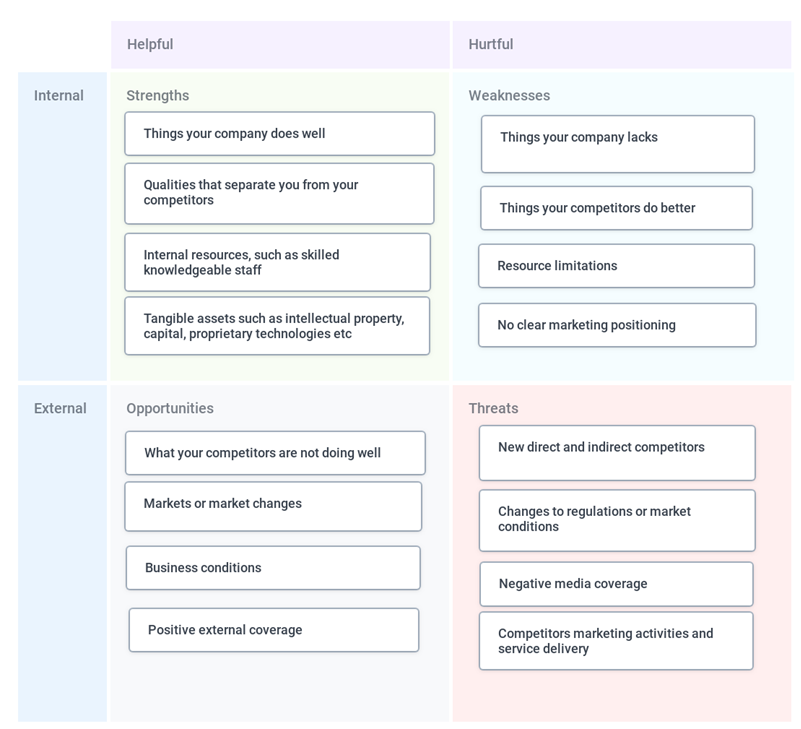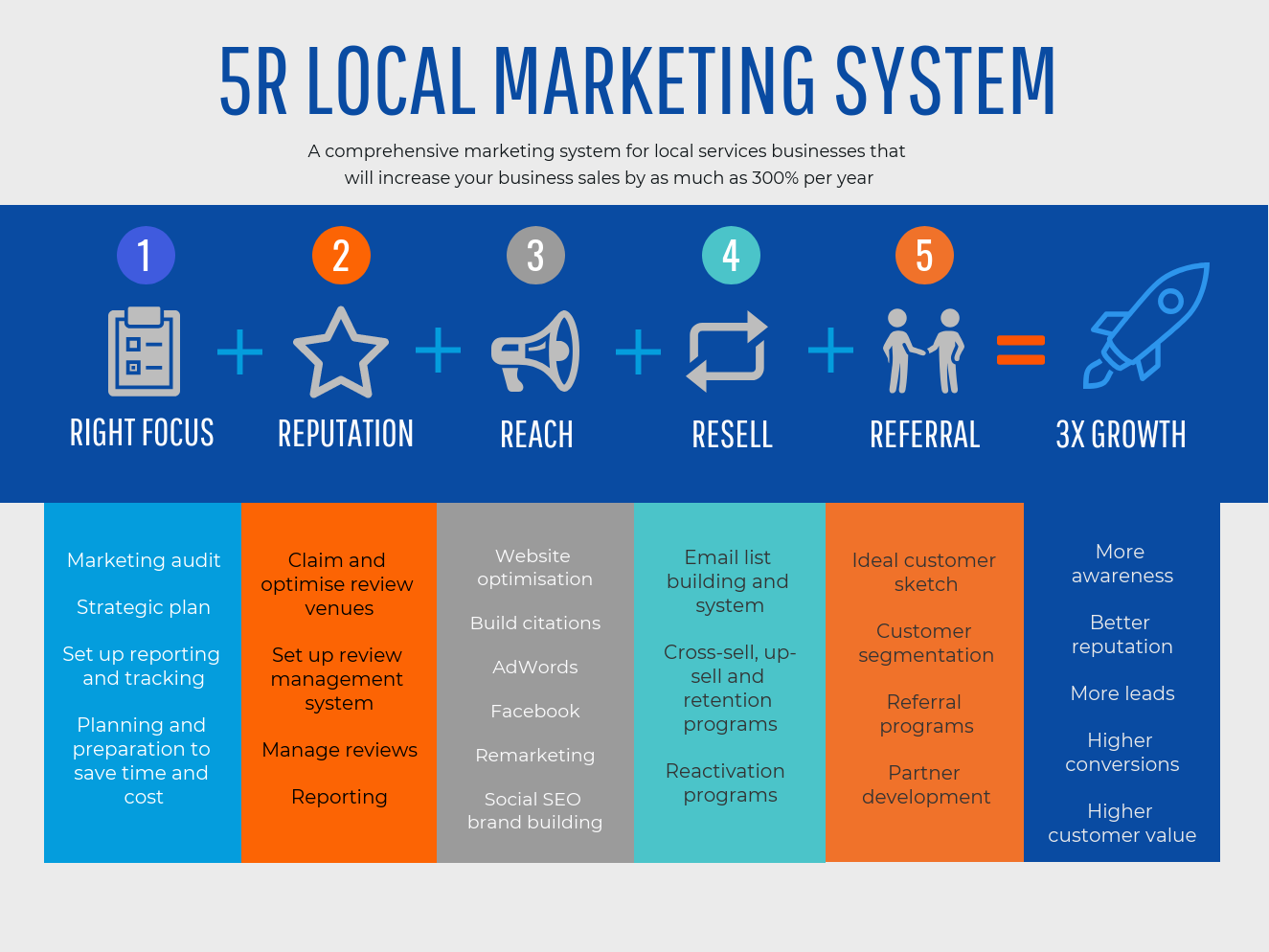All businesses need new customers in order to thrive, and plumbers are no exception. Of course, the strategies necessary for success have changed drastically in recent years.
In the “good old days”, a simple ad in the Yellow Pages might have been enough to attract new customers. Today, however, you need a more sophisticated marketing plan to stand out from the competition.
A well-designed marketing plan for your plumbing business will help you target potential customers, grow your business, and ultimately increase your bottom line.
If you aren’t completely sure what kinds of strategies and goals a marketing plan should address, don’t worry. Here are six key steps in developing a sound marketing strategy for your plumbing business.

1: Outline Your Business Goals
One of the most common mistakes I see when it comes marketing is to jump right in to a tactic without first outlining your business goals.
One of the most effective way to spell out your goals in specific terms is to follow the SMART goals framework. This acronym stands for Specific, Measurable, Achievable, Relevant, and Time-Bound. A SMART goal statement usually consists of a single sentence than answers to all of these criteria.
For instance, you might set the following business goal: Increase net earnings by 25 percent over the course of the next fiscal year.
This goal meets all of the SMART criteria, and provides a useful foundation for developing a marketing plan. Better yet, it provides a concrete way to measure results.
Or, you might also set a business goals in terms of leads and sales per month to ma5tch the sales increase. Don’t limit yourself to just one business goal.
2: Analyse Your SWOT
Once you have clearly laid out your business goal(s), you will need to analyse your current marketing plan in terms of your business’ Strengths, Weaknesses, Opportunities, and Threats (SWOT) in your market place. 
A SWOT analysis helps you take stock of things as they currently stand, allowing you to craft the best marketing strategy to make the most of what you already do well, and to compensate for areas in which you may be struggling.
- Strengths and weaknesses represent internal elements of your business that you have control over.
- Opportunities and threats, meanwhile, exist outside of your control, but can still be wisely accounted for.
Make a simple list account for each of the four elements in a SWOT analysis.
- Your strengths may include things like long track-records of excellence, many great oneline reviewsor particular areas of plumbing expertise.
- Weaknesses don’t just mean shortcomings within the world of plumbing, but may also include things like budgetary constraints and relatively small employee pools.
- When listing opportunities, try to think of factors outside of your business that you would like to capitalise on.
- Threats, meanwhile, include any factors that may negatively affect your business moving forward. This may include factors as diverse as increasing competition, or changes in local zoning laws.
The results of a SWOT analysis provide a useful point of departure for crafting marketing strategies. Strengths can be used to develop strategies to seize on opportunities, as well as to withstand threats. Likewise, your weaknesses can often be off-set by capitalising on available opportunities.
3: Define Your Marketing Budget
Now know what you would like your marketing plan to accomplish — both in terms of bottom-line SMART goals, and relative to your current SWOT.
The next step is to determine exactly how much money you should budget toward these goals. Marketing budgets are almost always defined in relation to your gross revenue.
According to the U.S. Small Business Administration, most small businesses should funnel between 7 and 8 percent of their gross revenues back into their marketing budget. This range assumes that your margins fall between 10 and 12 percent. If your margins fall below that limit, it may be wise to increase your marketing budget in order to maintain or increase your growth rate.
4: Know Who You Are Marketing To

In order to yield successful results, a marketing plan must be targeted towards the types of people you most want to do business with. The good news is that anybody who owns or rents out a property will need a plumber at one point or another. Usually more than once.
But you can’t just send marketing messages everywhere and to any one. That’s not cost effective for most plumbers. And given how competitive your market is, click costs for tactics like Google Ads and Facebook Ads are so high you need to sharpen your focus and your message.
You need to clearly identify your target market
I find it a useful exercise to create what are known as buyer personas. Buyer personas are composite representations of your business’ ideal customers, based on any or all of the following factors:
- Existing customer demographics
- Behaviour patterns
- Understood motivations, histories and needs
For instance, one buyer persona might be busy working mothers who want to get a new plumbing problem fixed. For commercial plumbers, another buyer persona might be a fellow small business or restaurant owner.
You need different marketing strategies and tactics to convincingly address each of these personas.
5: Build Your Marketing Campaign
Now that you have clearly laid out your goals, and know who your marketing should be aimed at, you can get down to the nitty gritty of building specific strategies.
Most marketing professionals agree that the best way to execute a marketing strategy is to consider which of the many available marketing strategies are likely to reach and convert your specific buyer persona in the most cost effective way.
There are many possible strategies , including:
- Social media outreach
- Newspaper, television, and/or magazine ads
- Direct mail marketing
- Email marketing
- Phone calls
- Search engine optimisation
- Pay per click advertising
- Network building through conferences and/or trade shows
- Marketing collateral in the form of brochures, business cards, etc.
There is no hard and fast rule about which marketing tools make for a successful campaign. That said, you should focus only one or two tactics and perfecting them before you start branching out to others.
6: Track Everything

I’m not a fan of awareness advertising and profile building for plumbers. Your ads should always generate leads, and generate them at an acceptable cost per lead and cost per sale. Use this calculator to work out what a customer is worth to your business.
That’s why you need to have great tracking systems in place before you start spending money on marketing.
Need Help With Getting The Right Focus?

We can help you with that. One element of our 5 R Marketing System for Plumber’s is called Right Focus. It’s where we help you decide what is the right focus for your business and how to measure that. If you’d like to know more, book a free strategy session with me.

